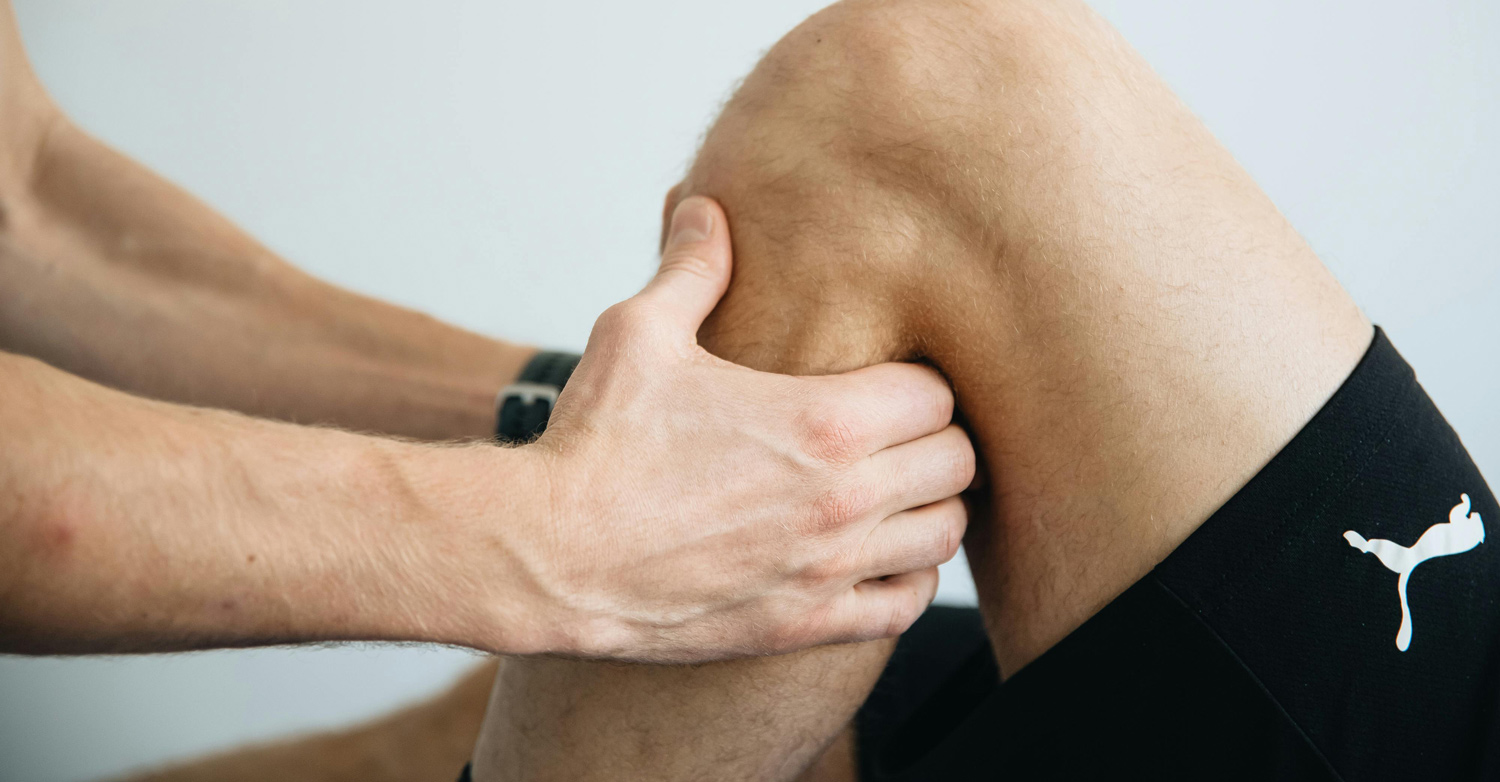 The peak group for Australian physiotherapists claims they should be able to bypass GPs and refer patients directly to orthopaedic surgeons or medical imaging.
The peak group for Australian physiotherapists claims they should be able to bypass GPs and refer patients directly to orthopaedic surgeons or medical imaging.
A report prepared for the Australian Physiotherapy Association found that allowing physiotherapists to make direct referrals could save the healthcare system and patients more than $162 million annually.
The APA is pushing for policy changes including Medicare Benefits Scheme rebates for direct physiotherapist referrals to orthopaedic surgeons for musculoskeletal injuries and conditions, as well as MBS rebates for additional diagnostic imaging items.
It also wants physiotherapists to fully take part in My Health Record to ensure visibility of referrals to the patient’s healthcare team.
The report from Nous Group said the changes could result in $98.6 million in savings for orthopaedic specialist referrals and $64.1 million for medical imaging services.
APA national president Scott Willis said it would allow physiotherapists to work to the top of their scope, which Federal Health Minister Mark Butler had previously supported.
Unnecessary GP visits
“This policy change promises to streamline the patient journey, eliminating unnecessary GP visits, cutting down wait times for diagnoses and treatments, reducing out-of-pocket expenses for patients, and providing savings for the health system as a whole,” Mr Willis said.
He said many patients needed to either see a GP or present to an emergency department to request imaging to confirm a physiotherapist’s diagnosis. This made it harder for patients to access care when they needed it.
Having MBS-subsidised referral pathways to allow physiotherapists to directly refer to orthopaedic surgeons and request imaging for musculoskeletal conditions was also fiscally responsible.
The Nous report found that restrictions on MBS rebates for medical imaging or orthopaedic specialist referrals directly influenced physiotherapists’ referral practices, with them often referring patients to GPs just to enable the patient to access rebates.
In the current context of GPs shortages and pressure on health expenditure, this was an avoidable cost and inconvenience for patients and workload for GPs without generating a health benefit.
“Management of musculoskeletal injuries can be heavily reliant on the results of diagnostic imaging,” Mr Willis said. “There is an urgent need to expand medical imaging rights for physiotherapists for musculoskeletal conditions to enable physiotherapists to efficiently request imaging of the shoulder, elbow, wrist, hip, knee and ankle injuries for both adults and children.”
The report found that advanced musculoskeletal physiotherapists were less likely to order imaging, as they had high accuracy in clinical assessment.

